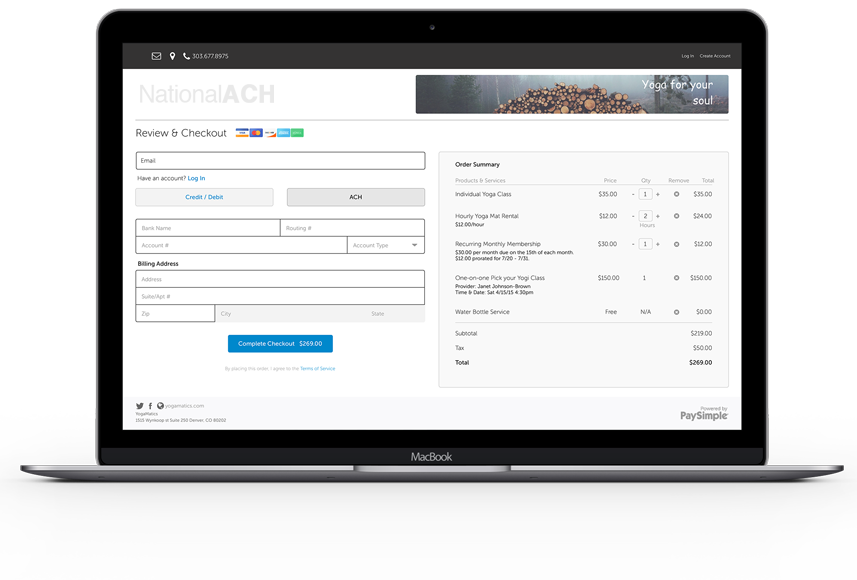International Credits and Debits
A credit is when the bank is disbursing funds. It is easy for banks to do an international direct deposit account for credits. The bank knows the credit history of the customer. It has the data to decide if the account should be credited immediately. Or, the bank may decide to allow the customer limited use of the funds. Or wait to disburse until after the FX settles.
A debit is when the bank collects funds. Processing debits is more challenging than processing credits. Debit transactions require that the bank determine the credit worthiness of both its own customer and the person on the other end of the transaction. The bank has several choices
- Make all the funds available 2 days after the collection request. This often is standard operating procedure for transfers within a single country.
- If bank’s customer has enough money in his account or an adequate line of credit to cover any losses, a bank may decide to make funds available on international transactions as well.
- The bank can set a certain number of days. The number is based on the clearing and float period in the other country.
- The bank may make only a percentage of funds available after a preset number of days. Then, the bank can slowly release funds until 100% have been credited. This can be very profitable for the bank as it takes advantage of float.
For more information, contact info@nationalach.com
